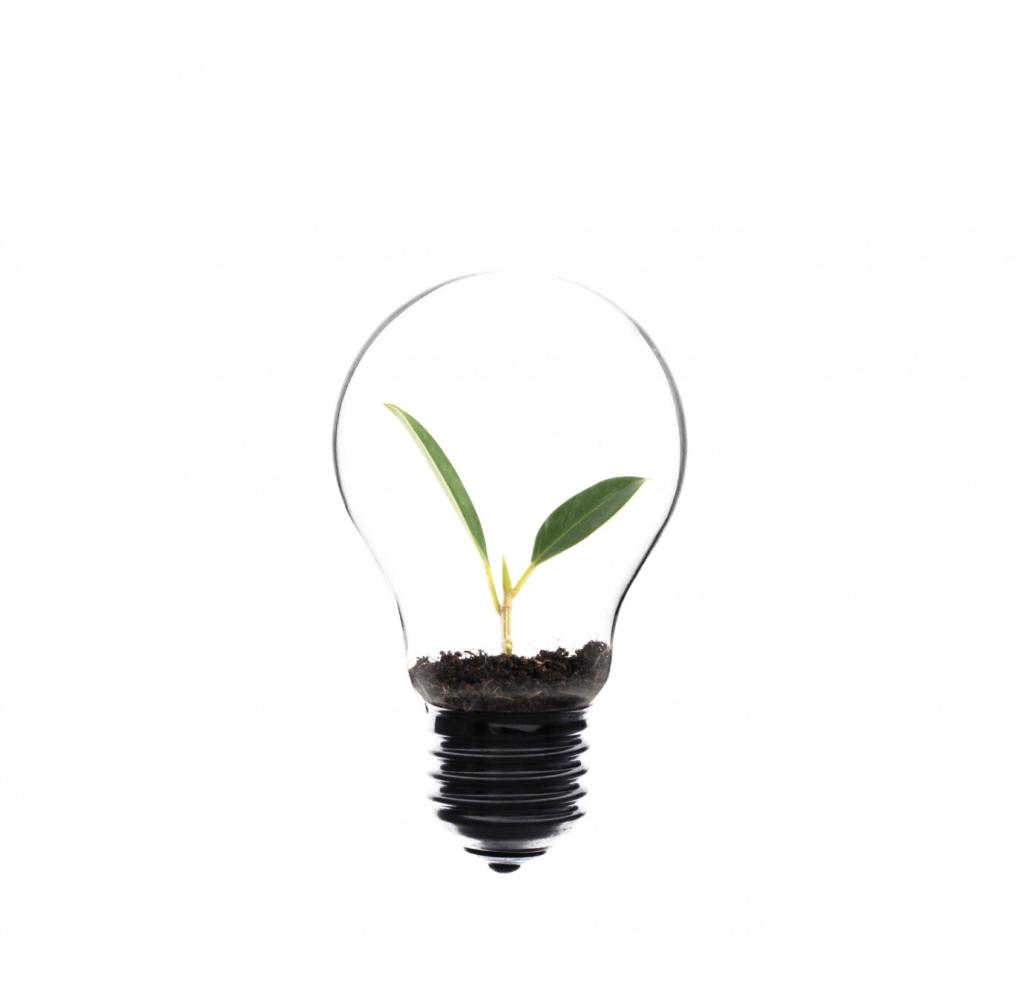Revolutionizing Cities with Eco-Friendly Design Innovations
As global challenges like climate change and population growth intensify, cities are seeking transformative solutions to ensure livability and sustainability. Eco-friendly design innovations stand at the forefront of this movement, reimagining urban landscapes with a focus on environmental health, energy efficiency, and community connectivity. This approach integrates smart technologies, green infrastructure, and responsible planning, paving the way for cities that are more resilient, vibrant, and attuned to the wellbeing of both people and the planet.
Greening the Urban Landscape
Adaptive Green Roofs
Adaptive green roofs exemplify the merging of architecture with ecological function. By layering soil and plant life atop urban buildings, these installations create natural insulation that helps reduce energy consumption for heating and cooling. Additionally, they contribute to better stormwater management by absorbing rainfall and reducing urban runoff. Over time, green roofs foster microhabitats for insects and birds, enhancing urban biodiversity and breaking the monotony of concrete landscapes. Their impact extends beyond environmental benefits; residents enjoy beautiful views and a tangible connection to nature, which has been shown to reduce stress and promote wellbeing.
Urban Pocket Parks
The introduction of pocket parks into cities is revolutionizing the concept of accessible green space. By transforming underutilized parcels of land or abandoned lots, urban planners can inject vitality and nature into neighborhoods that lack recreational areas. These small parks not only offer opportunities for relaxation and play, but they also serve as vital lungs for cities by filtering pollutants and improving air quality. Incorporating native plant species fosters local ecology, while thoughtful design creates safe, inclusive environments for all demographics to gather, connect, and build community resilience.
Vertical Gardens
Vertical gardens, often adorning building facades or standing as freestanding installations, represent a creative solution to greening limited urban real estate. These living walls not only act as natural air purifiers—removing toxins and emitting oxygen—but also provide natural insulation, reducing energy demands. Incorporating diverse plant species, vertical gardens can transform bland cityscapes into vibrant ecosystems, supporting pollinators and enhancing property values. Their presence can lower urban temperatures through evapotranspiration, thus mitigating the heat island effect and making cities more comfortable for residents.
Sustainable Mobility Solutions

Integrated public transit hubs are central to future-ready, sustainable cities. By connecting various modes of transport—such as buses, trains, bicycles, and electric scooters—within a single, accessible location, these hubs promote seamless, low-emissions travel. Designing transit spaces with efficiency and comfort in mind encourages more residents to choose public transport over private cars, thus reducing congestion and pollution. Transit-oriented development further spurs the creation of walkable neighborhoods, where vibrant commercial and residential spaces are linked directly to transit options, promoting sustainability and urban vibrancy.
Energy-Efficient Urban Architecture
Passive Building Techniques
Passive building design utilizes orientation, insulation, and window placement to take advantage of natural light, airflow, and temperature regulation, drastically cutting the need for artificial heating and cooling. These techniques—notably including thermal mass, sun shading, and high-performance glazing—create comfortable, energy-sipping interiors with minimal mechanical intervention. Such buildings not only lower utility expenses for occupants but also lighten the overall load on municipal energy grids, positioning cities to better handle the demands of a changing climate.

